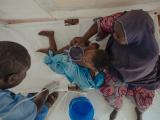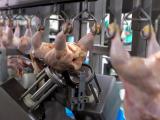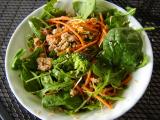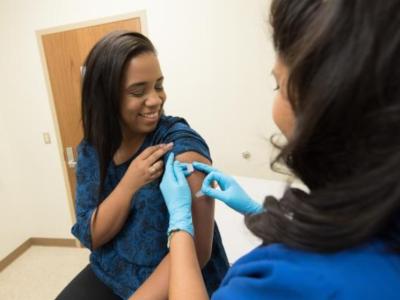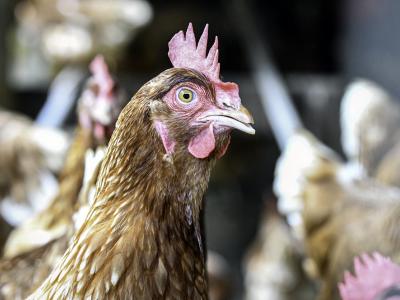Dec 28, 2010 (CIDRAP News) An outbreak of about 100 illness cases in Illinois and Wisconsin has been attributed to pastries from an Illinois bakery that were tainted with Staphylococcus aureus, state and federal officials revealed recently.
The outbreak prompted Rolf's Patisserie, a European-style bakery in Lincolnwood, Ill., to recall all desserts made after Nov 1, the Illinois Department of Health (IDPH) and the US Food and Drug Administration (FDA) announced Dec 23 and 24.
The illnesses stemmed from four events in November and December, including a company function, a catered party, restaurant dining, and a holiday party, the IDPH said. The FDA said three events accounting for 30 cases were in Illinois and one event blamed for 70 cases was in Wisconsin.
The FDA said Rolf's Patisserie is recalling tiramisu, cakes, cobblers, decorated cookies, tarts, pastries, and pies. Because the business sells to retail and wholesale outlets, institutions, and online customers, the products may not carry a company label when they reach consumers, the agency said.
The outbreak also caused the national retail chain Whole Foods Market to recall gingerbread houses from Rolf's Patisserie. The houses were sold in 22 states, according to a Dec 24 recall notice posted on the FDA Web site.
The IDPH said Rolf's Patisserie has temporarily closed and is working with health officials to investigate the outbreak. The bakery is contacting retailers and restaurants to warn them to remove and discard the recalled products.
A food contaminated with S aureus can cause nausea, vomiting, stomach cramps, and diarrhea, usually for 1 to 2 days, the FDA said. But it said severe cases can last 3 days, and some patients, including the elderly and very young, may need medical treatment for dehydration. The symptoms usually appear within 6 hours after eating contaminated food.
Up to 25% of healthy people carry S aureus on their skin or in their nostrils, according to the Centers for Disease Control and Prevention (CDC). The bacterium makes seven different toxins, none of which are destroyed by cooking, the CDC reports. Foods are most commonly contaminated with Staphylococcus through contact with food workers who carry the pathogen or from contaminated milk and cheese, the agency said.
Foods that are made by hand and require no cooking are at highest risk for S aureus contamination, according to the CDC. Examples of foods linked to S aureus cases include sliced meats, puddings, pastries, and sandwiches. Sick people are not contagious, as staphylococcal toxins don't spread from person to person, the CDC reports.
Although S aureus is not known primarily as a foodborne pathogen, food-related outbreaks are fairly common, according to CDC data. In an August article in Morbidity and Mortality Weekly Report, the CDC said 21 outbreaks of illness from foodborne staphylococcal toxins were reported in 2007, with 286 cases. The average annual number of such cases from 2002 through 2006 was 554.
See also:
Dec 23 IDPH release
http://www.idph.state.il.us/public/press10/12.23.10Bakery.htm
Dec 24 FDA press release
http://www.fda.gov/NewsEvents/Newsroom/PressAnnouncements/ucm238103.htm
CDC information on staphylococcal food poisoning
http://www.cdc.gov/ncidod/dbmd/diseaseinfo/staphylococcus_food_g.htm
Dec 24 Whole Foods Market recall notice on FDA site
http://www.fda.gov/Safety/Recalls/ucm238112.htm
Aug 13 MMWR article with information on foodborne staphylococcal outbreaks
http://www.cdc.gov/mmwr/preview/mmwrhtml/mm5931a1.htm


